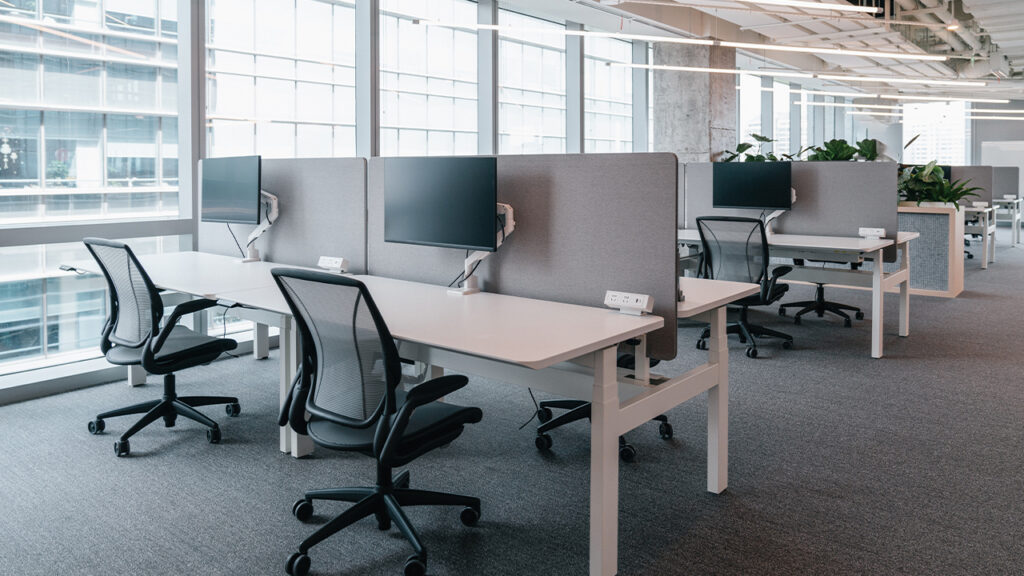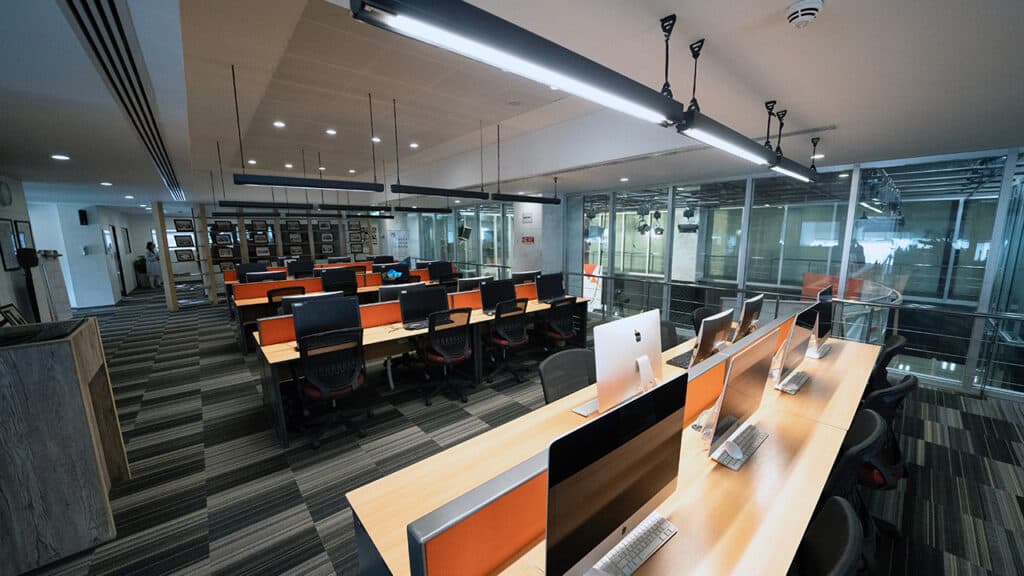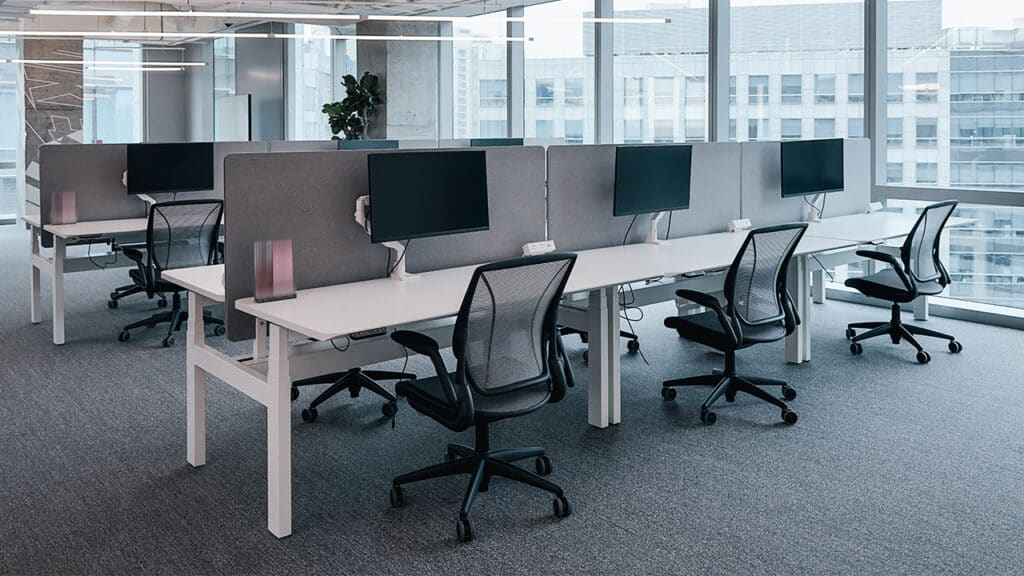In response to the COVID-19 pandemic, contact centers around the world are pivoting to a work from home (WFH) model, representing an unprecedented operational challenge for the BPO industry.
The situation has forced many companies to greatly expand their WAH strategies, creating a lot of pressure to train and retain their workforce, enhance security practices, and provide the same high levels of customer experience, all within an extremely tight deadline.
At NEARSOL, the situation has been no different. We’ve been tackling this challenge at full velocity, with the goal of ensuring our employees are happy and safe, and our customers are satisfied with our business continuity efforts as they face their own challenges.
For some BPOs, WFH is a short-term solution to a temporary crisis. At NEARSOL, we see WFH as part of a long-term business strategy that will deliver several benefits to our employees and our customers. Here’s how we’re expanding our WFH capabilities to make sure that we maintain top-notch employee and customer experiences, both now and into the future.
Employees First, Every Time
WFH operations are just as important as those within our physical centers, so it’s our top priority to ensure that all employees are getting the same level of attention and support at home as they would in the contact center.
On the coaching side, we’ve introduced daily video coaching sessions and increased the number of individuals we’re monitoring to make sure the approach is effective. Coaching sessions normally take place between a supervisor and a front-line employee in the contact center, but with WFH we’re including QA managers, training managers, and senior managers to check that employees are efficiently learning the same skills and getting the same levels of value.
Globally, three quarters of our employees are currently working at home and we’re constantly ramping that up. It’s been important for us to offer all of our employees the option to work from home, regardless of their local situation. We have the capability and technology to do so and we want to provide that benefit universally, especially in an environment where personal health and safety is top-of-mind.
Bolstering Work From Home Security
When it comes to customers, the WFH conversation has always centered on security concerns. In 2020, similar concerns still exist, but advancements in technology are limiting the associated risks more than ever.
Inside our contact centers, we have security staff, secure workstations, and CCTV cameras to prevent tampering or theft of end-user information, so we had to find a way to replicate that secure environment for employees at home.
The first step was to provide WFH employees with the same computers we install in the center, which are PCI and HIPAA compliant and pre-configured to prevent access to unnecessary websites and applications. Our supervisors have access to employee webcams, so we can check their work environment periodically and deter any unlawful behavior. USB ports are also deactivated except for headsets, preventing any unauthorized use of external memory devices.
If employees can only work from their own personal computers, we have the tools to convert their machines into corporate workstations and replicate the security systems found within our own hardware. By shutting down as many vulnerabilities as possible we can secure the environment and protect end-user information, which is ultimately the main goal.
Connectivity and Business Continuity
Once employees are set up with the correct hardware and software, we have to make sure their internet connectivity aligns with our clients’ needs.
Thanks to some amazing local partners in the telecommunications industry, we’ve been able to enhance network connectivity for many of our employees, ensuring that our online telephony platforms can process inbound and outbound calls without any issues. We can also log into employee desktops remotely to ensure they have the necessary bandwidth and hardware speeds to cope with their day-to-day work.
On top of that, we’ve introduced a weekly business review that includes all performance metrics and front-line behaviors for our clients. This approach has really helped to highlight the value of WFH, which is pulling in metrics either equal to or better than our in-center results.
Big Picture Benefits of Work From Home
Time is a valuable commodity in today’s world, so it’s important to respect that time when dealing with customers or taking care of employees.
As our WFH operations expand, we’re seeing that people would rather work at home in a lot of cases, mainly because of the time it saves. Our people have been highly appreciative that we were able to mobilize them at home and already see some life-changing benefits, such as avoiding traffic, spending more time with loved ones, and saving some extra cash. It’s really helping us reassess what is most important to our employees, which is a valuable perspective in this industry.
Over 85% of our employees are Millennials and Gen Zs, two generations that would rather go through the recruitment process remotely than visit an office. From applications and interviews to job offers and new hire orientation, all of this is now possible online, so we’re already pivoting our recruitment process in that direction.
Right now, we’re seeing a huge reduction in absenteeism at NEARSOL, so we expect this continued focus on WFH to have a positive long-term impact on attrition rates, which have been one of the industry’s biggest problems for many years.
NEARSOL’s Work From Home Future
As we look ahead at 2020 and beyond, our plan is to offer work-at-home support and customer service to all clients.
As companies research new markets and perform due diligence on potential BPO partners, we intend to offer WFH services as part of that due diligence process. This strategy will allow customers to discover where the best service and ROI are available, representing a low-risk way to test the water without the costs associated with physical centers.
The bottom line, WFH is both a viable alternative to our in-center service and a robust complementarity to the traditional customer service and support model. As we continue to put our people first and ensure that WFH delivers great levels of customer experience, our clients can expect to enjoy the ripple-effect benefits for many years to come.





